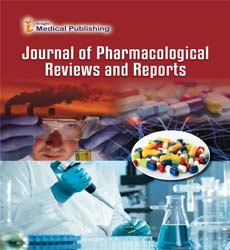A review on phytochemistry, pharmacology and toxicology
Abstract
Peperomia pellucida Kunth is a medicinal plant used to manage inflammatory illnesses such as conjunctivitis, and gastrointestinal and respiratory tract disorders in tropical and subtropical regions. However, little is known about its pharmacological mechanism of action against eye diseases. This review aims to critically discuss the phytochemistry, pharmacology and toxicology of P. pellucida as well as its roles in the treatment of cataract, glaucoma and diabetic retinopathy. Recent developments in the uses of P. pellucida for healthcare and nutraceutical products by the pharmaceutical industry are also covered in this review. For this review, a literature search was performed with PubMed, ScienceDirect, SciFinder Scholar and Scopus databases, using relevant keywords. Among the various phytochemicals identified from P. pellucida, β-caryophyllene, carotol, dillapiole, ellagic acid, pellucidin A, phytol and vitexin exhibit strong pharmacological activities within the mitogen-activated protein kinase and nuclear factor-κB signalling pathways in inflammatory eye diseases. The antihypertensive, Vision is one of the five important senses for human, along with hearing, smell, taste and touch. Since the visual modality occupies a large part of human brain that processes information [1], any pathological changes involving the eyes could adversely affect the quality of a person’s life. The global prevalence of age-related eye diseases such as cataract, glaucoma and diabetic retinopathy
Open Access Journals
- Aquaculture & Veterinary Science
- Chemistry & Chemical Sciences
- Clinical Sciences
- Engineering
- General Science
- Genetics & Molecular Biology
- Health Care & Nursing
- Immunology & Microbiology
- Materials Science
- Mathematics & Physics
- Medical Sciences
- Neurology & Psychiatry
- Oncology & Cancer Science
- Pharmaceutical Sciences
